Before the 1960s, the Aral Sea was lake the world's fourth largest. However, over the past 70 years, this giant salt lake has gradually split into smaller lakes, most of its original surface has completely evaporated and turned into a young desert. Photo: columbia.edu. |
The Aral Sea once covered an area of about 68,000 square kilometers. If that number remained the same today, the Aral Sea would be 3rd largest lake world by surface area (after the Caspian Sea and Lake Superior). Photo: earthobservatory. |
But in reality, big lake The world's third largest lake is now Lake Victoria. Lake Victoria has also changed in size over the past few decades, but not as much as the Aral Sea. The remaining Aral Sea lakes have a surface area of only about 10% of the original lake's. Photo: Morris Ryan, National Geographic. |
The Aral Sea is located on the border between Kazakhstan and Uzbekistan. The two main sources of fresh water for the Aral Sea are the Syr Darya and Amu Darya rivers. They provide fresh water to help sustain the giant lake in an otherwise arid region. Photo: uplink. |
In the 1960s, the Syr Darya and Amu Darya rivers began to be increasingly used for irrigation purposes, with large amounts of water being diverted to irrigate 7 million hectares of Soviet cotton fields. This led to a reduction in the amount of water flowing into the Aral Sea, which in turn caused the lake to shrink significantly. Photo: Arian Zwegers Moynaq. |
By the late 1980s, the lake had split into two. The Great Aral Lake, to the south, remained in the border area, and the Little Aral Lake was now entirely within Kazakhstan. Photo: NASA Earth Observatory. |
Over the next two decades, the Great Aral split into two halves: an eastern half and a western half. In a new satellite image released by the European Space Agency (ESA) on April 4, the northern Little Aral Lake (which sits above the Great Aral Lake) is covered in ice. Photo: Jordi Azategui. |
The western part of the Great Aral Lake is just a narrow strip, while the eastern part has almost disappeared, leaving behind a dry, salty land. That land is the Aralkum Desert - the youngest desert on Earth. Photo: Mark Pitcher. |
The changes to the Aral Sea have had far-reaching consequences, including the disappearance of fisheries and a change in the region’s climate: colder winters and hotter summers. Every year, violent sandstorms spread sand and salt hundreds of kilometers, destroying crops, contaminating drinking water and affecting the health of millions of people. Photo: Phillip Capper / 2011. |
The salt concentration in the remaining water of the Aral Sea increased to higher levels than in the ocean, killing most of the lake's native organisms and reducing the richness of the local ecosystem. Photo: central-asia.guide. |
Readers are invited to watch the video : Decoding the mystery of the largest underground lake on the planet.
Source: https://khoahocdoisong.vn/ho-nuoc-khong-lo-bien-thanh-sa-mac-tre-nhat-hanh-tinh-post268282.html


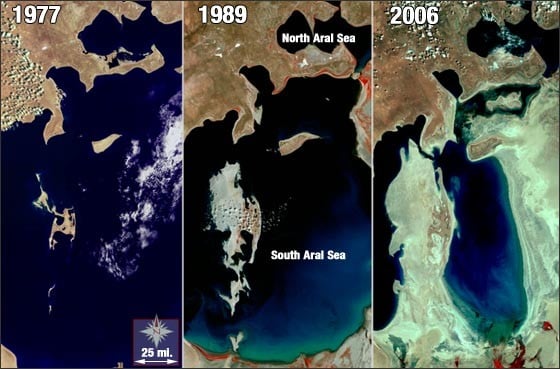
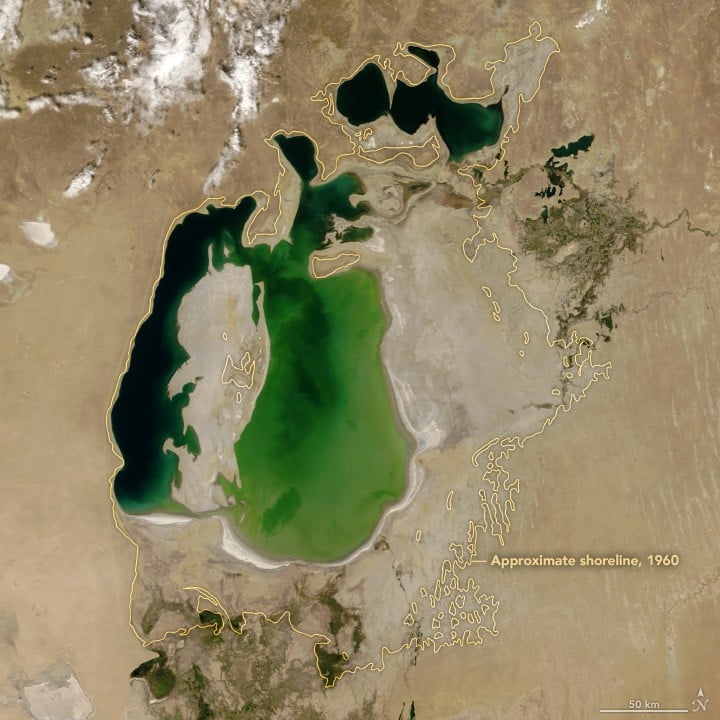
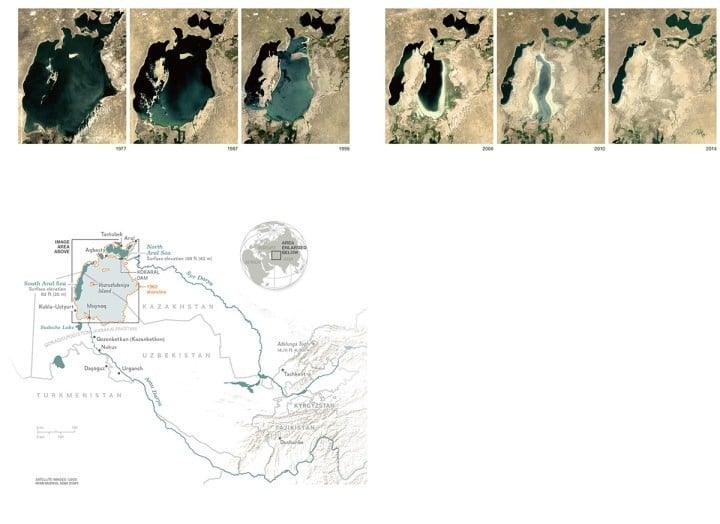
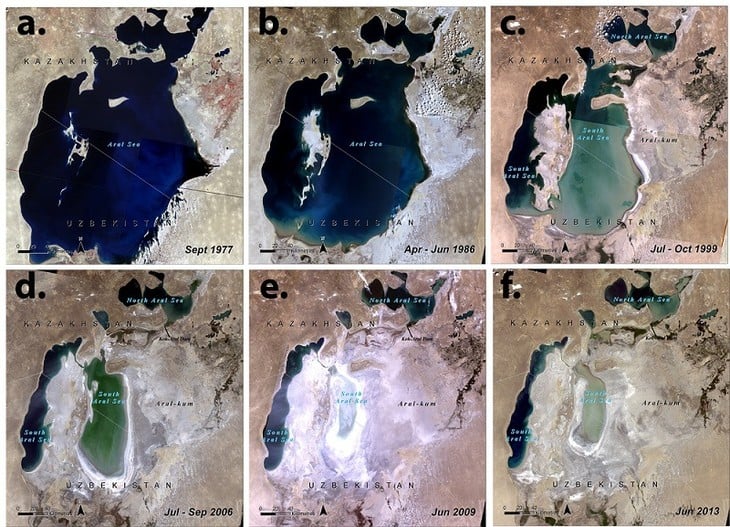
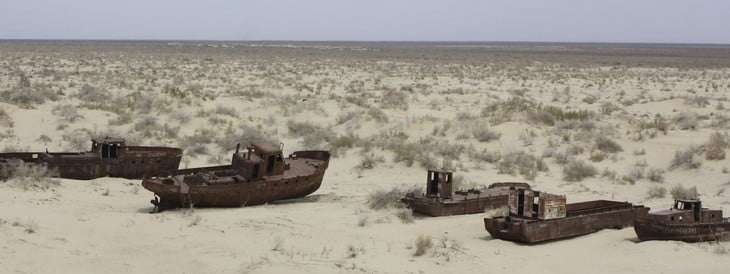
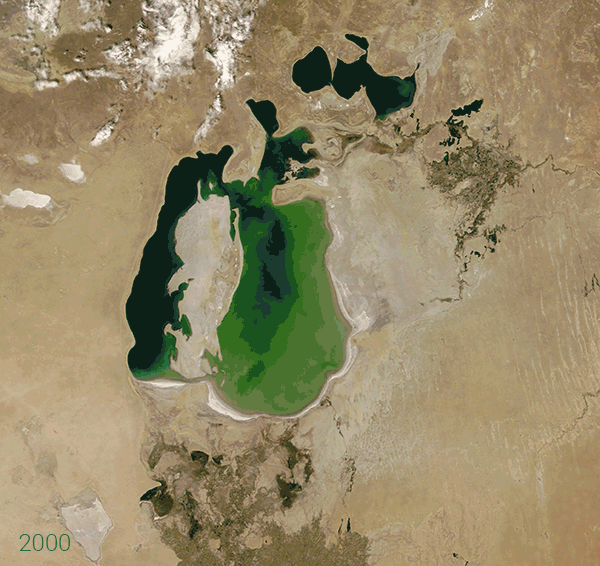
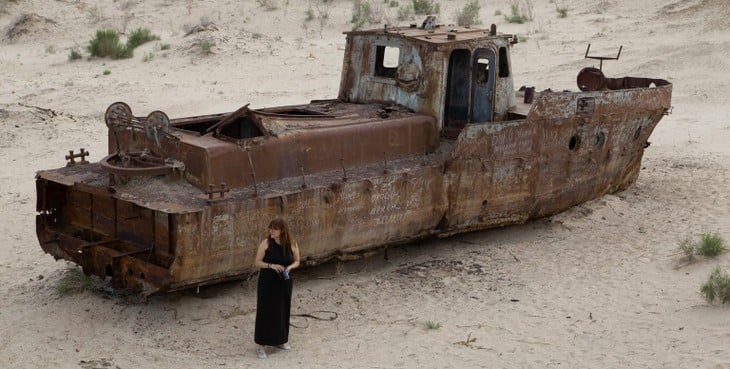
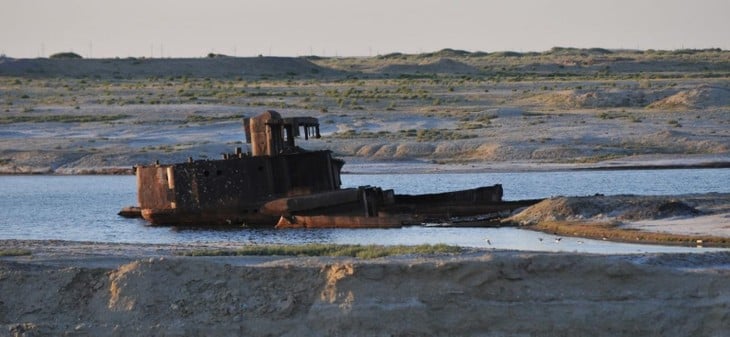
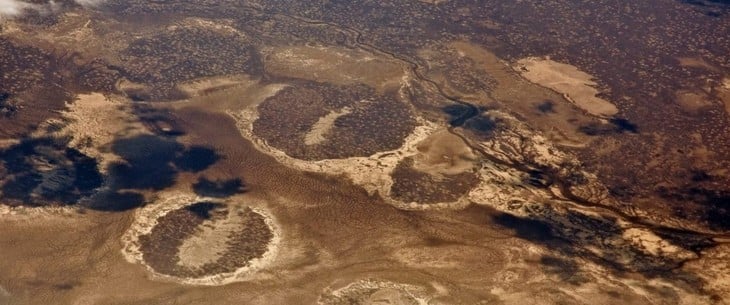
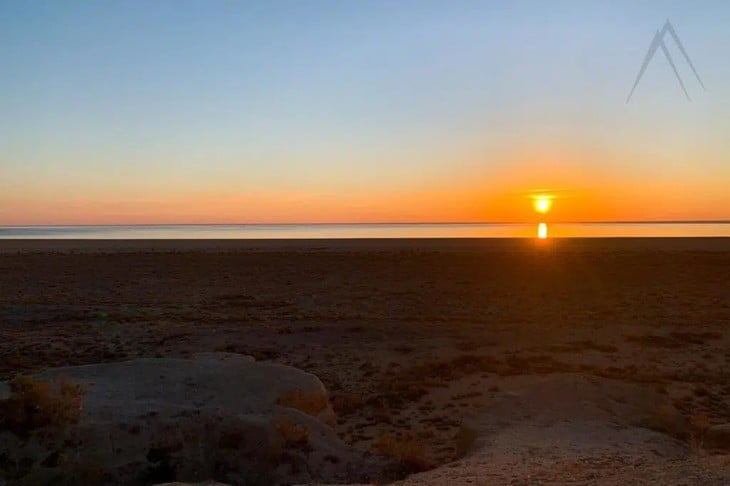
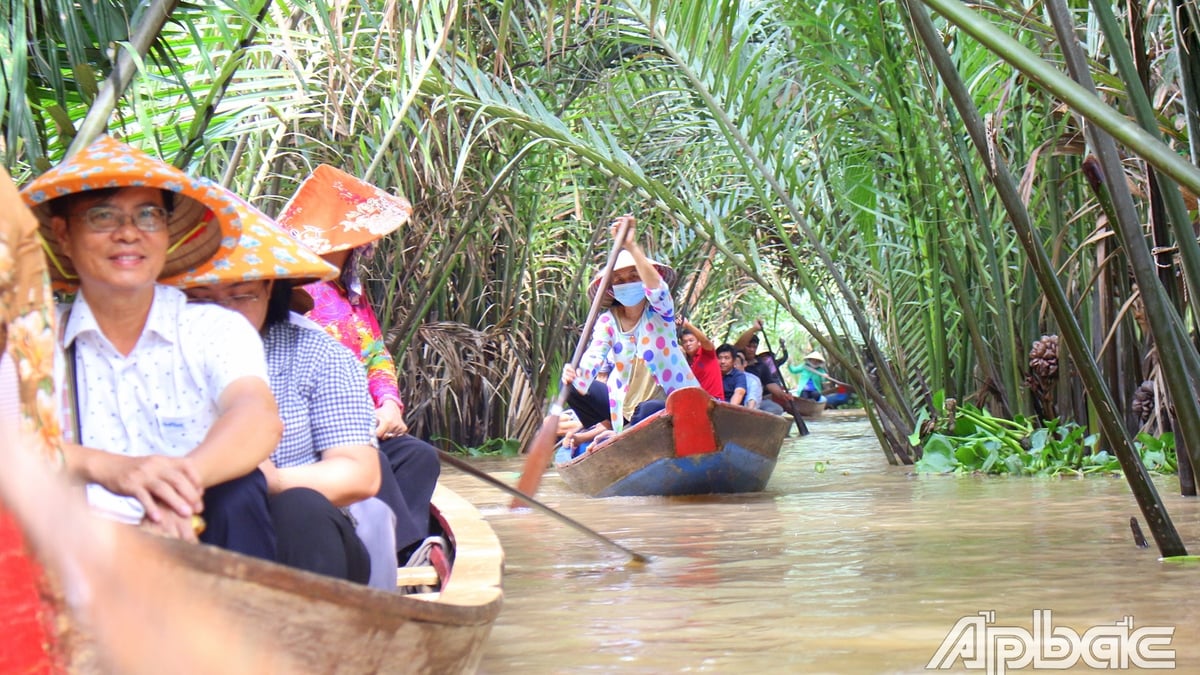





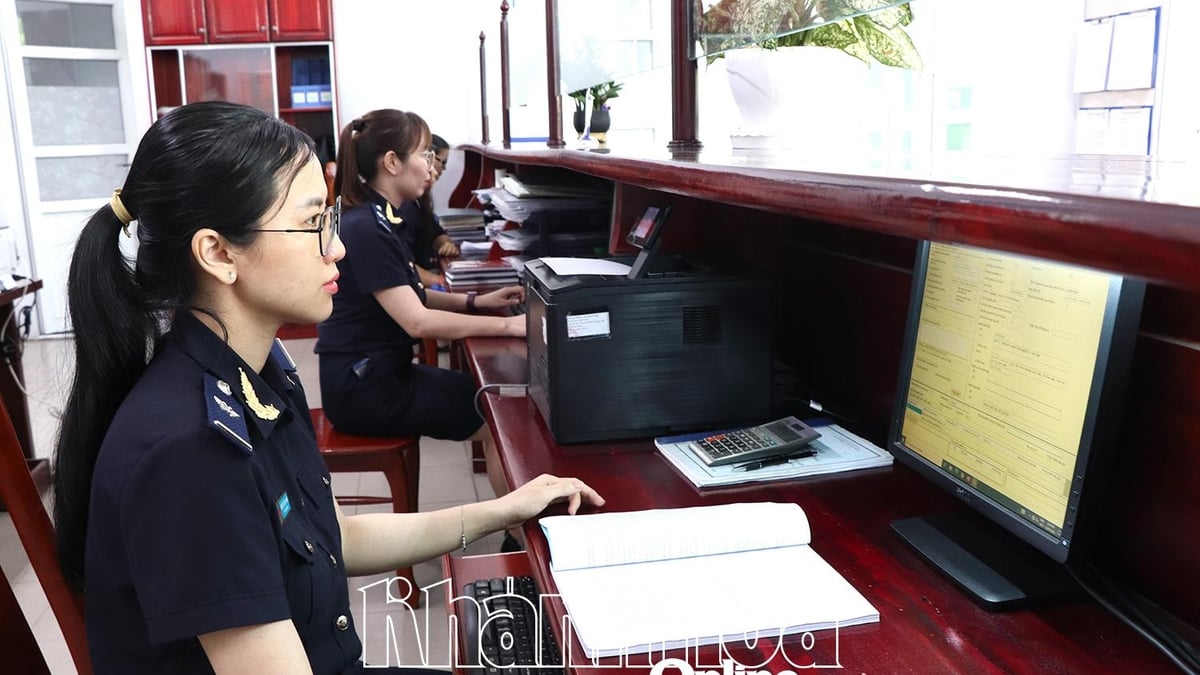



























































































Comment (0)